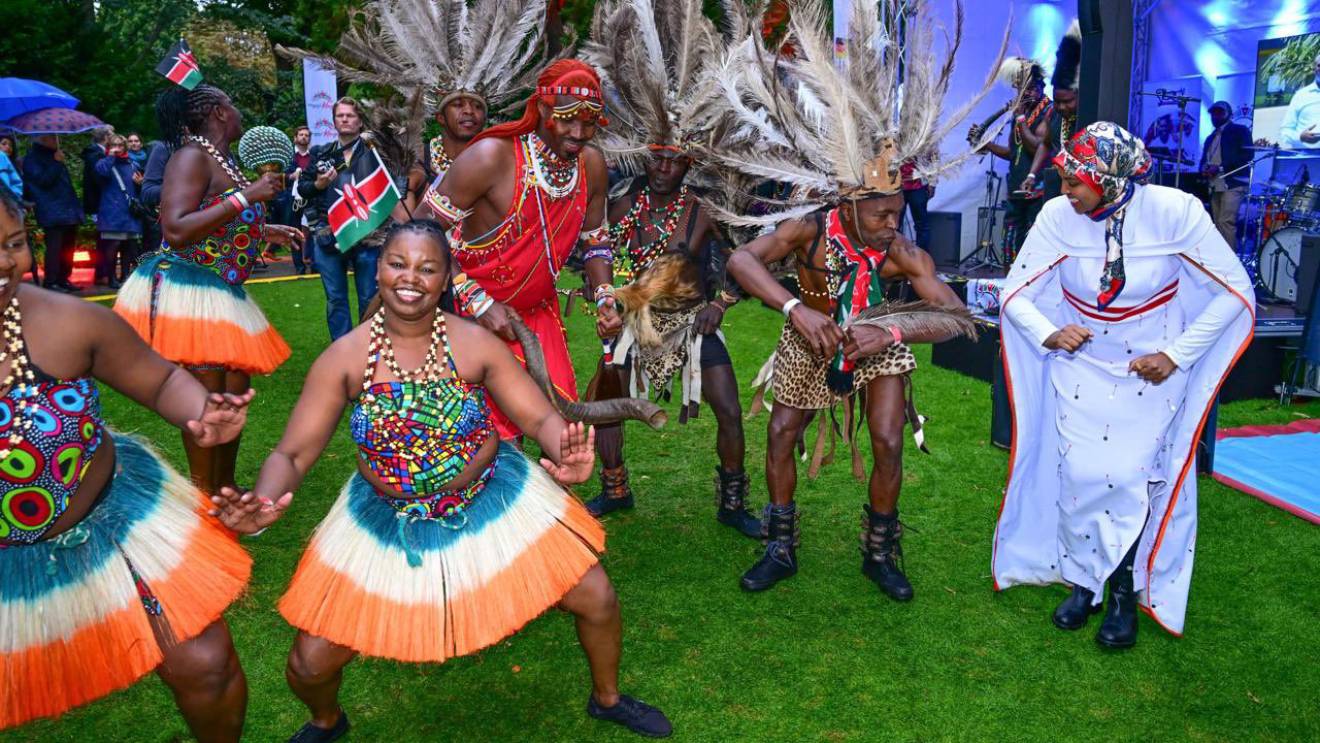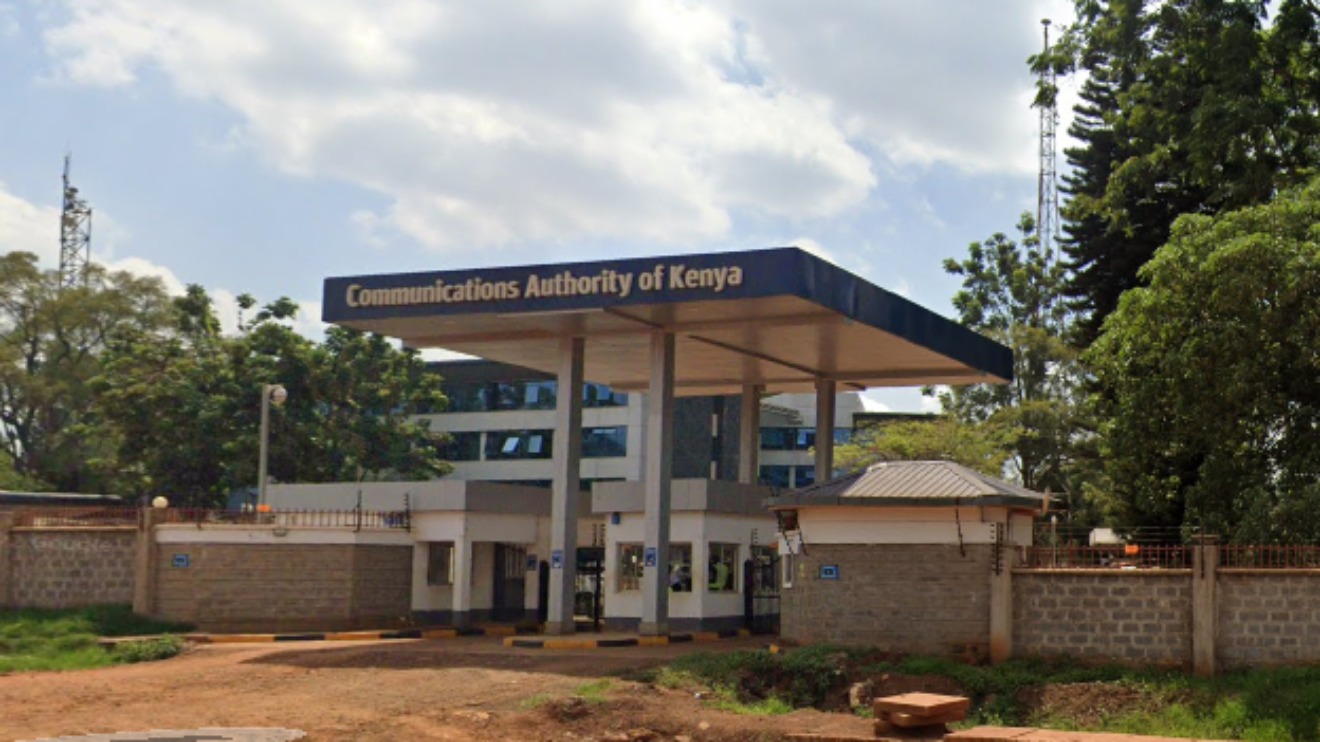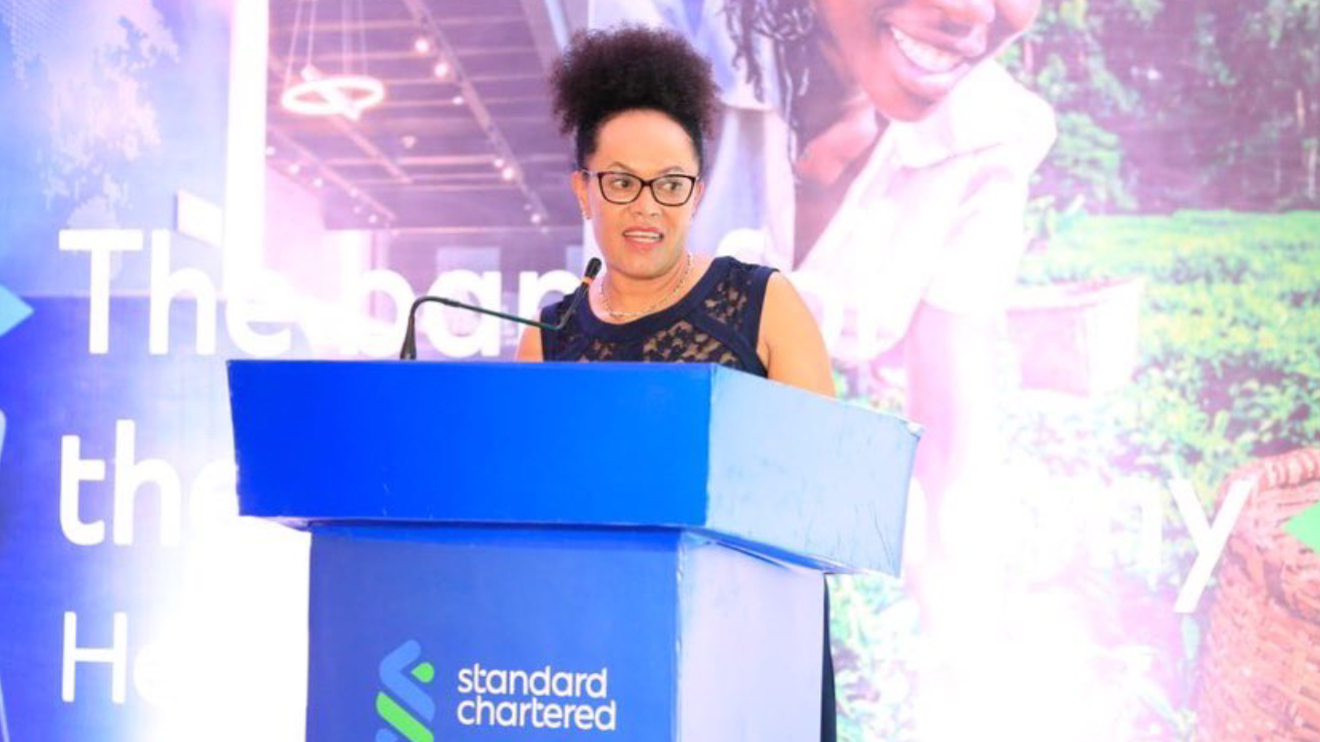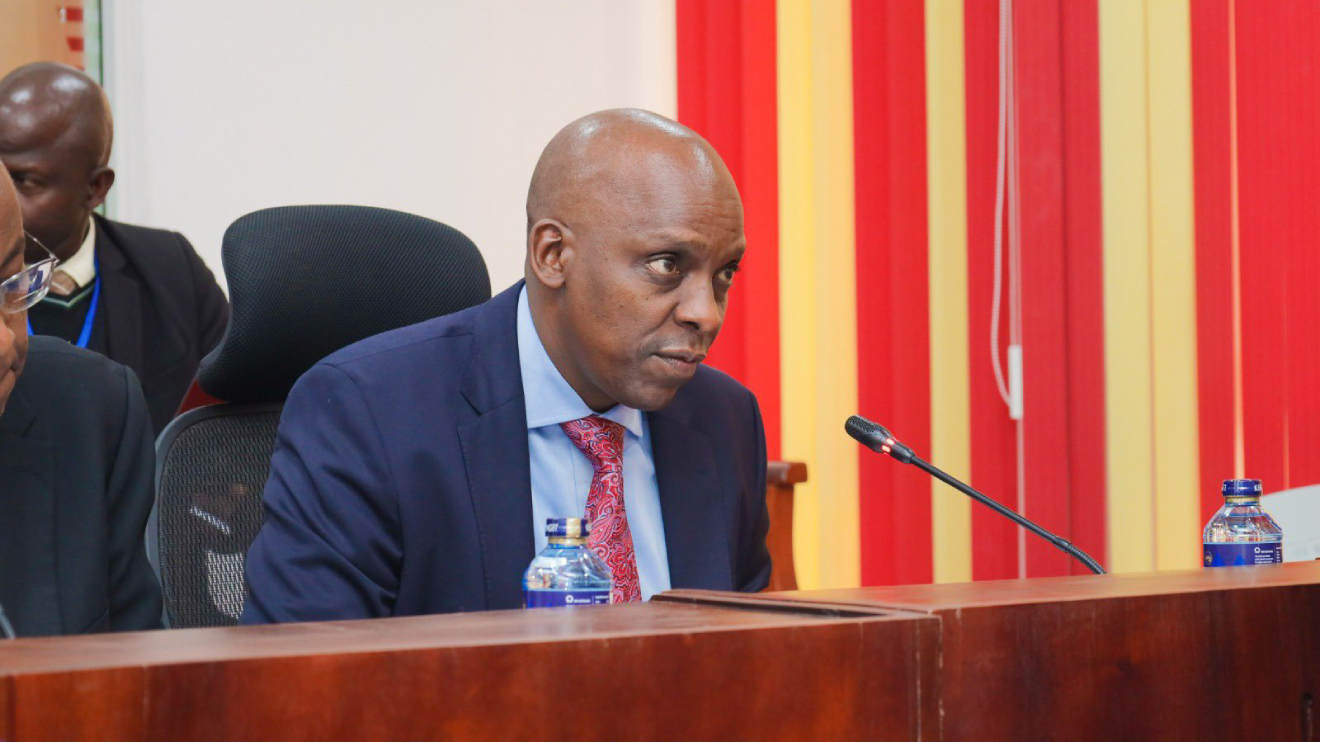The revelation that Sh100 million has been allocated to design a national dress has sparked controversy after it was revealed that a previous attempt cost the country Sh50 million and failed.
This startling admission was made before the National Assembly Sports and Culture Committee, prompting intense scrutiny of the renewed efforts.
The committee, which had earlier been informed of the failed project, has voiced strong reservations about approving the budget for the new design initiative.
Principal Secretary for Culture and Heritage, Ummi Bashir, who previously promised to deliver a national dress within a year, disclosed that her ministry is awaiting the disbursement of the Sh100 million to commence the project.
Director of Culture at the Ministry of Sports, Culture, and Heritage, Kiprop Lagat, outlined the scope of the project, stating that the funds would support an extensive process.
Read More
"A national dress is an attire recognized by the citizens of a country as a symbol that encapsulates national diversity, identity, and the civilization of a country, thereby enhancing national pride and cohesion while embedding the values and ethos of a nation,” Lagat said.
The money will go towards several stages of design, including public participation and national validation.
This approach marks a significant departure from the failed 2004 attempt, which, according to PS Bashir, was largely imposed on the public.
“It was a boardroom decision made without engaging the end users and stakeholders. This time, we are involving counties and different designers to ensure we come up with the best design,” she told the committee.
The earlier initiative, spearheaded by former Minister of Culture and Heritage, Najib Balala, failed due to the lack of public input.
Bashir emphasised that the new process would be more inclusive to avoid repeating the mistakes of the past.
Lagat also hinted that the new national dress could reflect the country's vast diversity.
“It’s not necessarily true that we need to have just one national dress. We could have a variety that represents the diversity we have in this country,” he explained, suggesting that certain regions may adopt specific styles as their official dress.
He added, “Some designs could be unique to specific parts of the country, and some counties might decide to adopt a particular style as their official dress.”
The renewed effort will involve multiple designers and nationwide consultations to ensure the dress is widely accepted, with the ministry hopeful that this time the process will deliver a symbol of national unity and pride.











